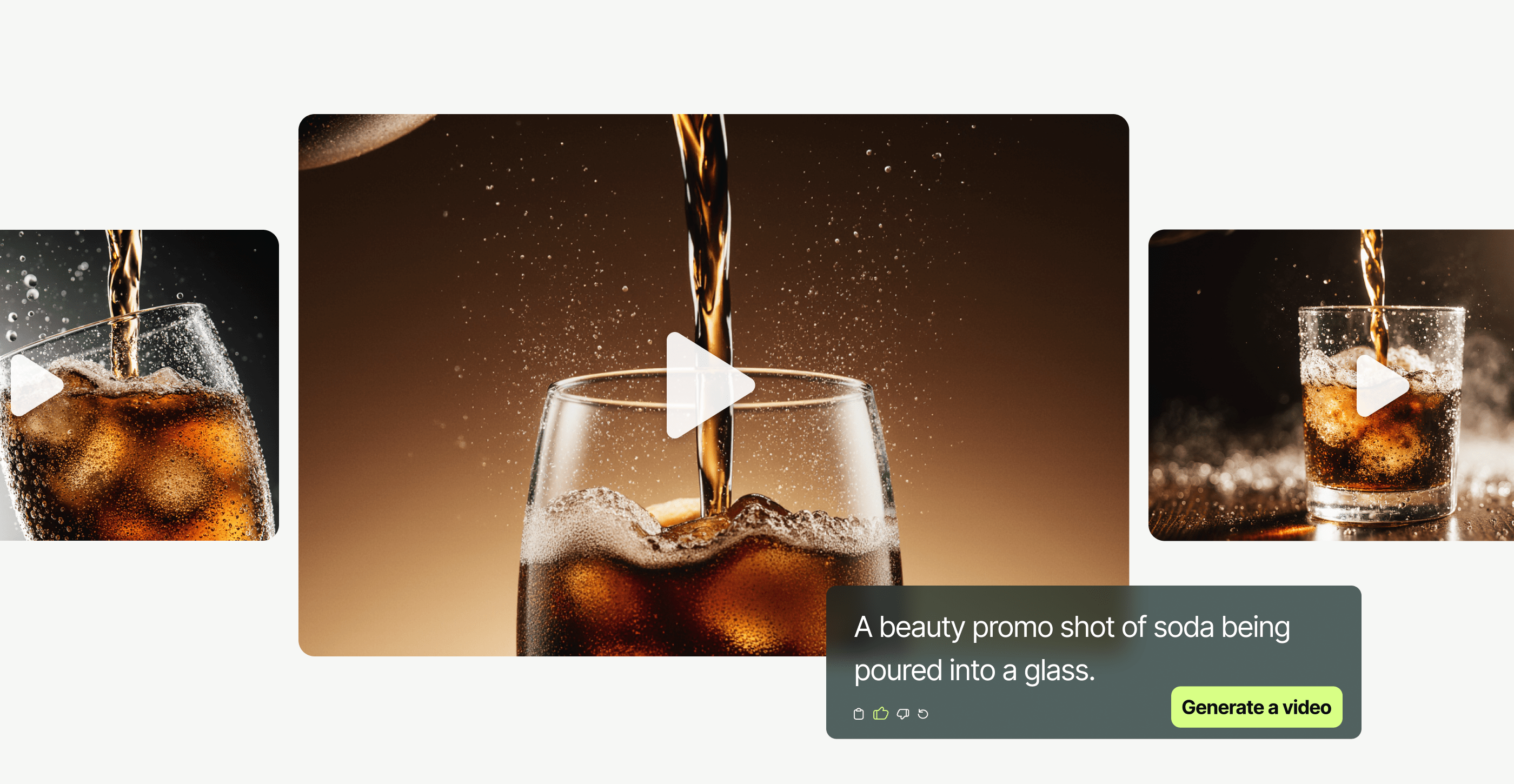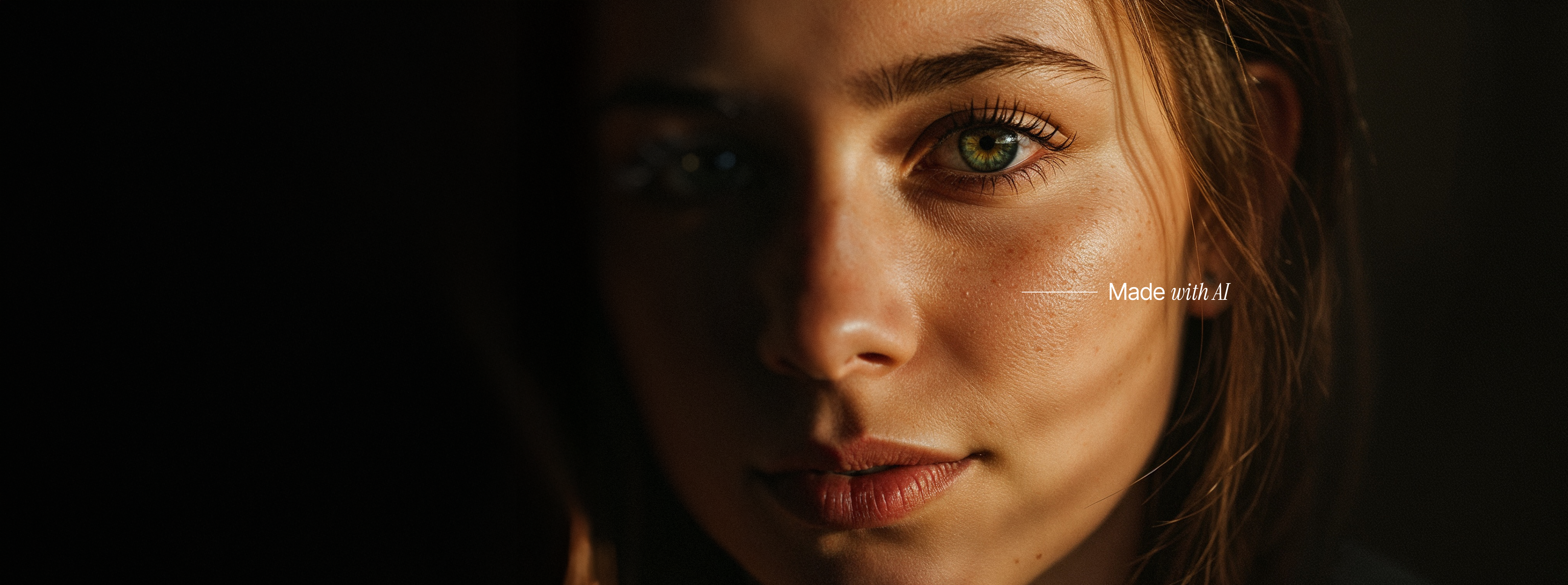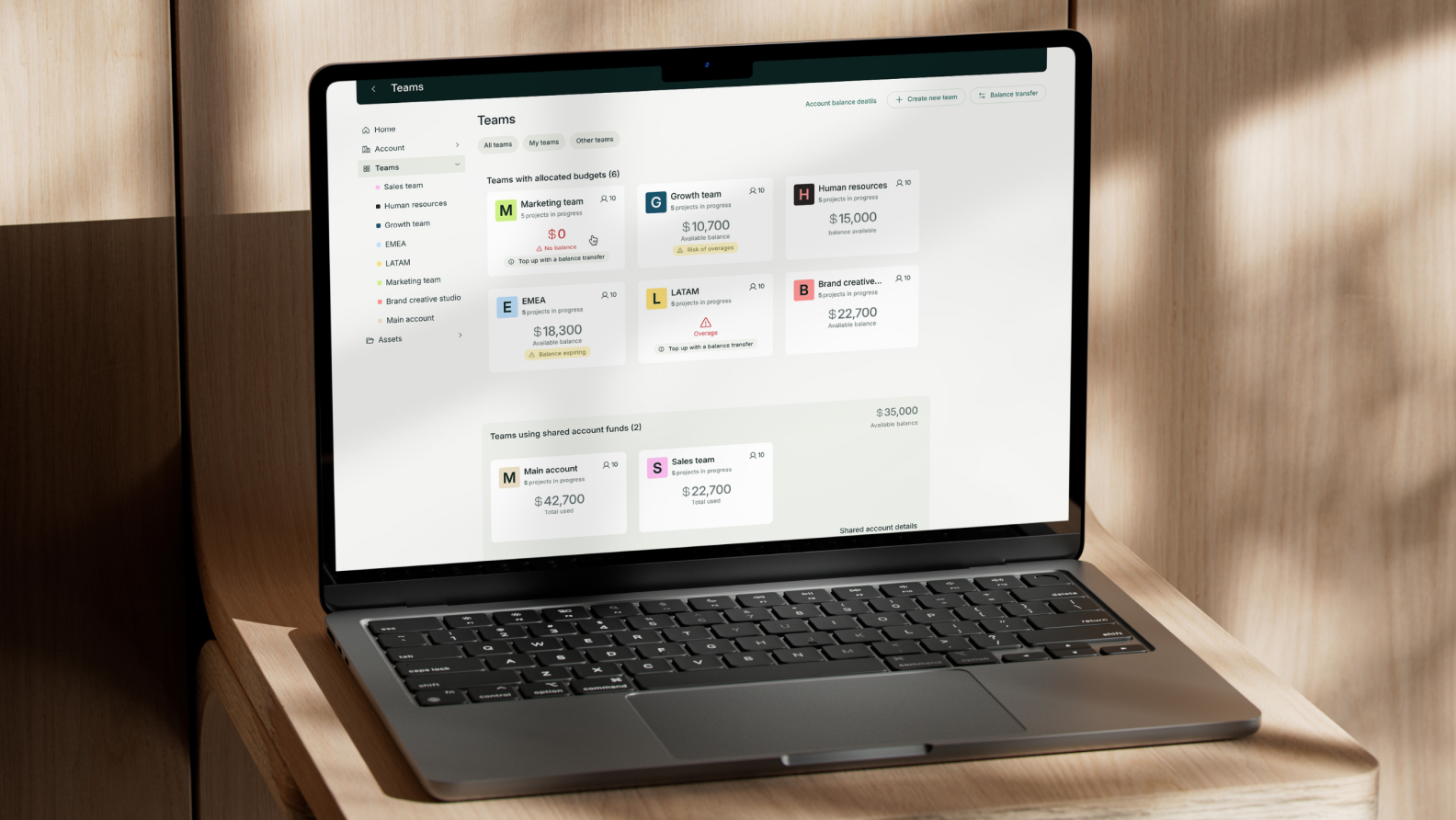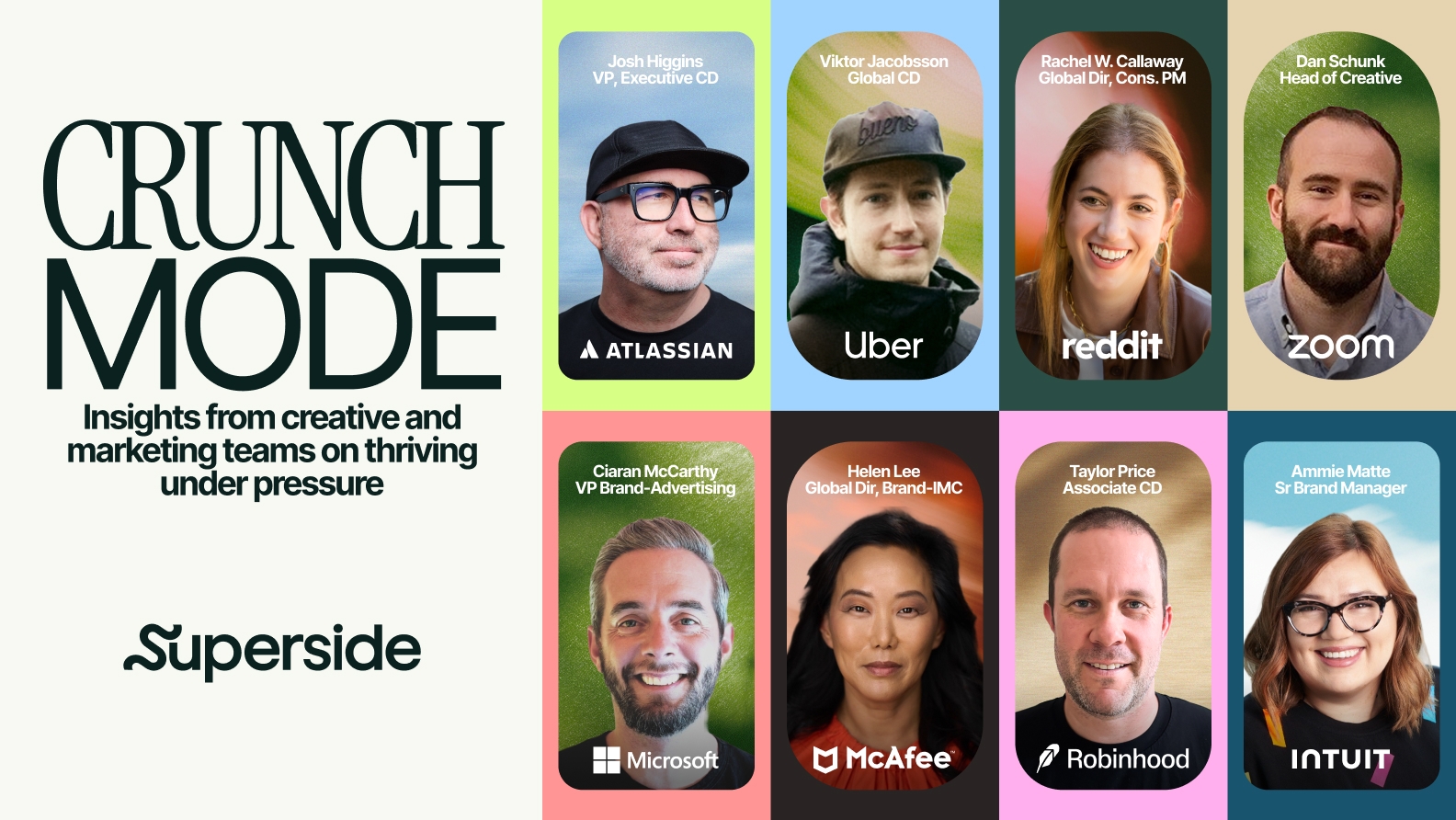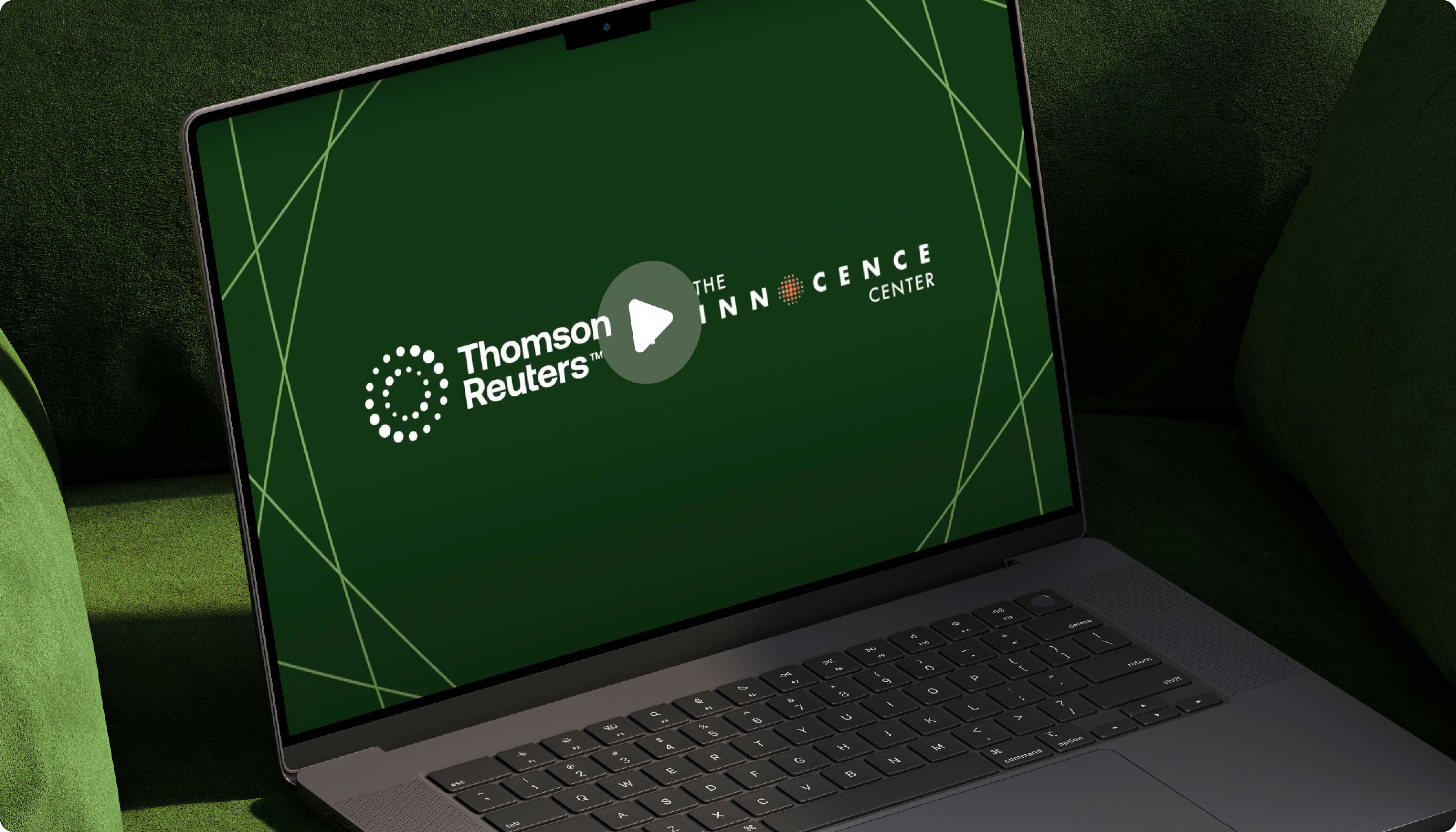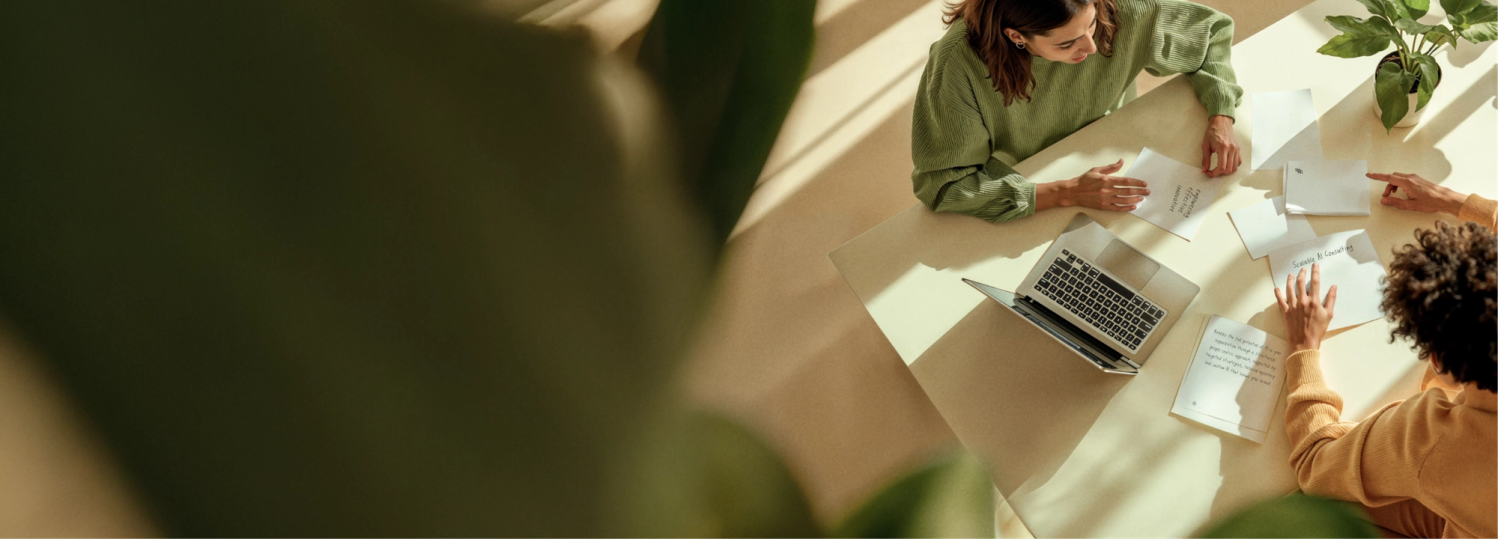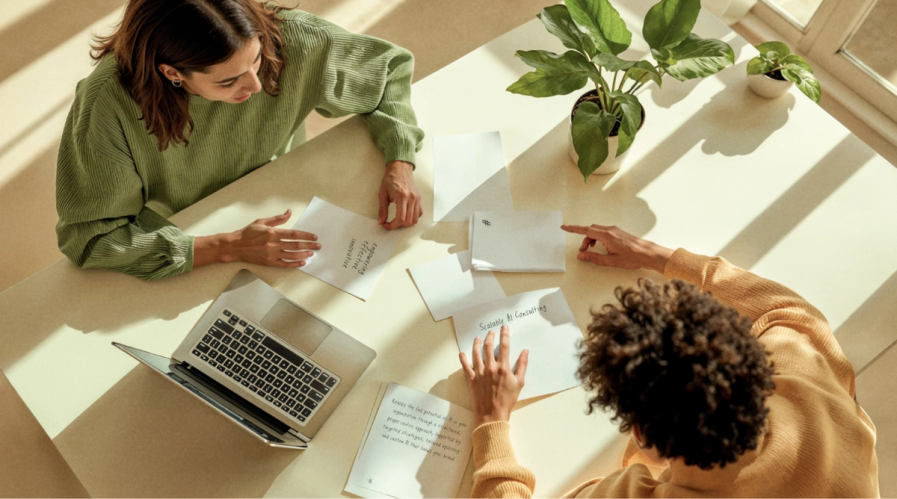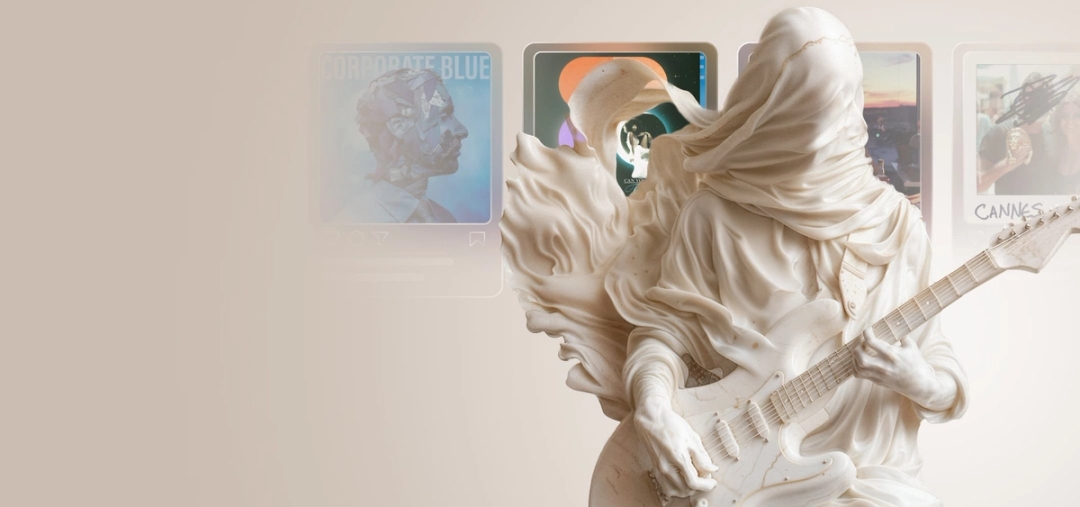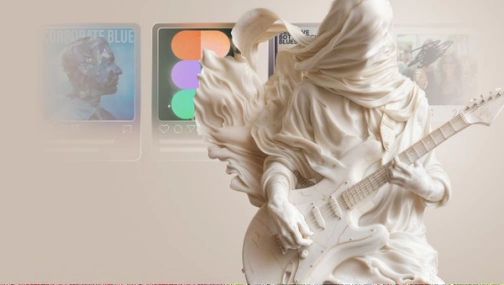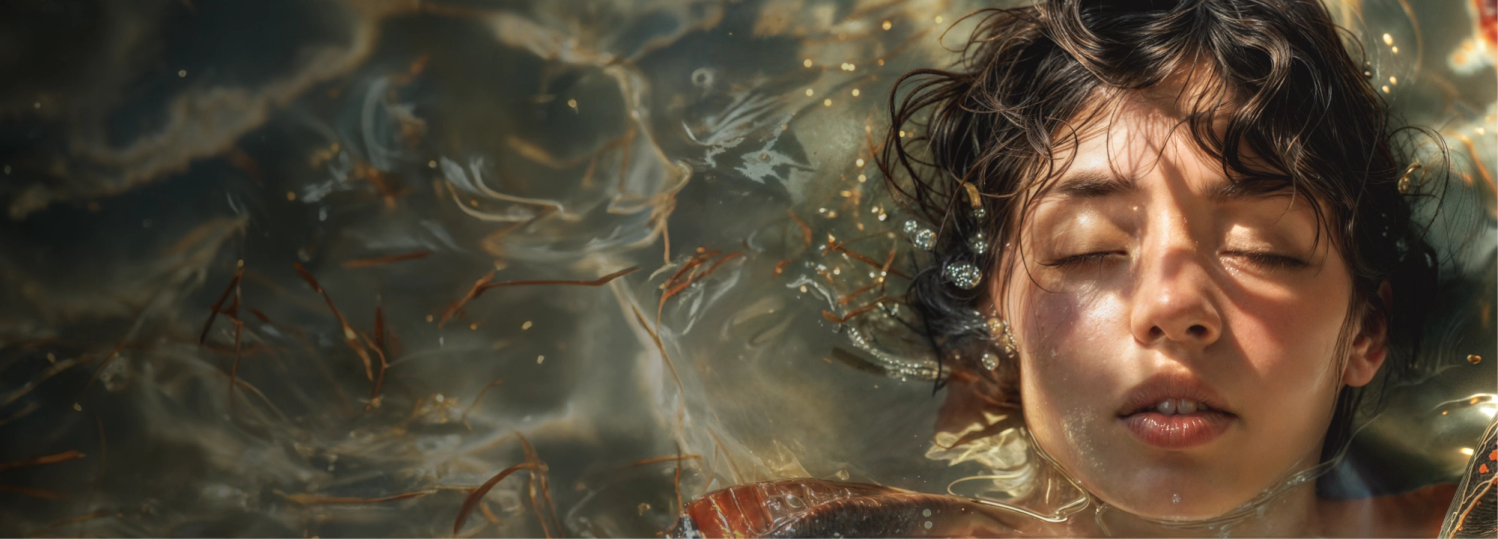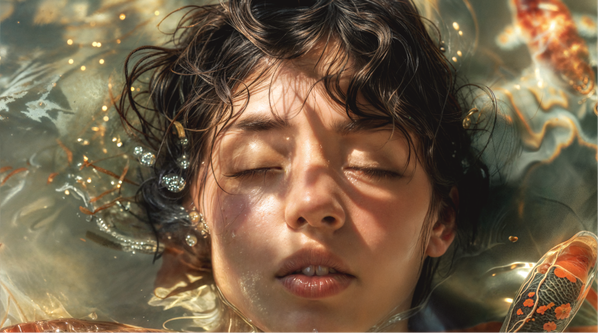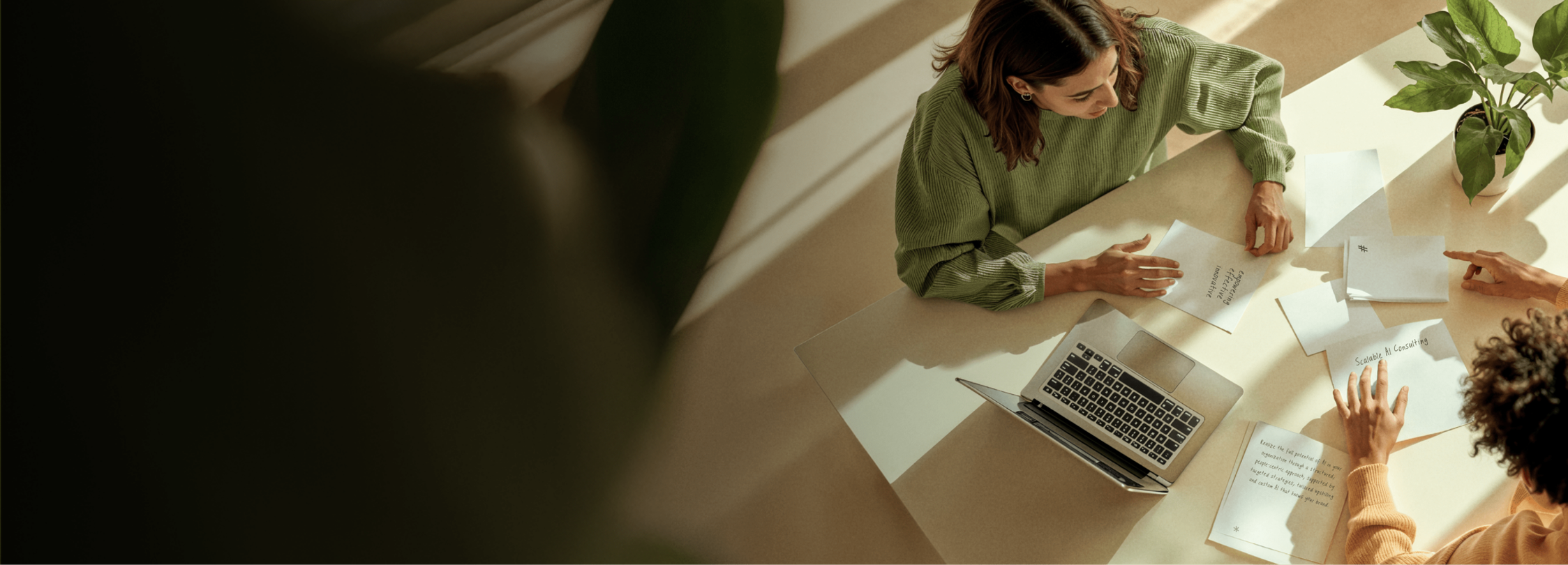How to Make AI Music in 5 Steps and Transform Your Sound (Expert Advice)

Fancy yourself a bit of a muso, but have never produced a song in your life? In 2024, everyone can create music thanks to the magic of AI music generators. Whether you’re looking for video background beats or want to compose a concerto, you’re in the right place. Read on to discover how to make AI music, which tools to use, and how they work (spoiler alert: they’re super easy to use).
Ever wondered what it’s like to jam with a robot? 🤖Well, wonder no more. Thanks to artificial intelligence (AI), the music creation process is no longer reserved for pros with expensive gear or oodles of natural talent.
AI music tools are changing the game, allowing everyone from seasoned artists to total rookies to create beats, melodies and even full songs quickly and easily. In fact, AI is turning the music scene into a playground for creativity, from generating catchy tunes to mixing and mastering tracks.
Already a global leader in AI-enhanced creative services, Superside recently added music-making to its impressive repertoire with the release of Make it Pop Vol.1—a musical collaboration between human creativity and AI. (More on this collab later.)
It’s time to produce your own songs. In this article, we’ll dive into how to make AI music, look at how Superside did it and bring you five of the best AI music generators out there—with expert input from Andres Levinton, Senior Growth Marketing Director at Superside, and Piotr Smietana, Superside’s Director of Brand and Marketing Creative.
Unleashing Creativity with AI in Music
There’s no denying the potential of AI to revolutionize processes and output in design and other creative disciplines.
In a Canva survey of more than 4,000 marketing and creative leaders from nine countries, 75% reported that generative AI is an essential part of their toolkit. A massive 69% believe it’s enhancing their teams’ creativity.
Now, AI is also unlocking new realms of possibility in music production.
Human creativity is the heartbeat of music, even in AI-driven production. I see AI as a powerful amplifier—it enhances what’s already there. If you’ve always had music in your soul but no formal training, these tools give you a chance to bring that vision to life. It’s a bit like a dream factory. But the truth is, while AI can handle the mechanics, it’s the human touch that adds depth, emotion, and meaning. Without creativity guiding the process, AI on its own can feel somewhat flat.

Research suggests that over 70% of top music producers have adopted AI-powered music creation tools, and 45% of independent musicians use AI to enhance their creative process. What’s more, AI tools have been shown to reduce the cost of music production by as much as 30%.
From generating original melodies to enhancing production techniques, AI can spark creativity and push artists and producers to break free from traditional limitations. AI is also democratizing the music-making process, allowing anyone with a musical idea to bring it to life.
AI Music in Action, by Superside
What started out as a casual idea between colleagues interested in exploring the creative potential of generative AI ended up as a fully-fledged debut album, available on Spotify and marking Superside’s arrival on the AI music scene—all within three weeks.
How did we make this happen?
From the initial concept (or rather, an ongoing conversation between creatives), a dedicated passion project was born and enthusiastically embraced by the team, who followed these steps to get their AI music baby out into the world:
- Brainstorming. Drawing on the creative industry’s unique challenges and experiences for inspiration, the team settled on an album theme that would capture the roller coaster of the creative process. (Hence, song titles like “Agency Breakup Song,” “Elegy for Comic Sans” and “Creative Bottleneck Blues.”)
For some songs, I got inspiration from an old track I made a few years ago. The AI was able to come up with a melody that I hadn’t thought of, while still keeping the original vibe, which I found pretty interesting. This combination of AI and human-produced music is, in my opinion, much more interesting than pure AI.
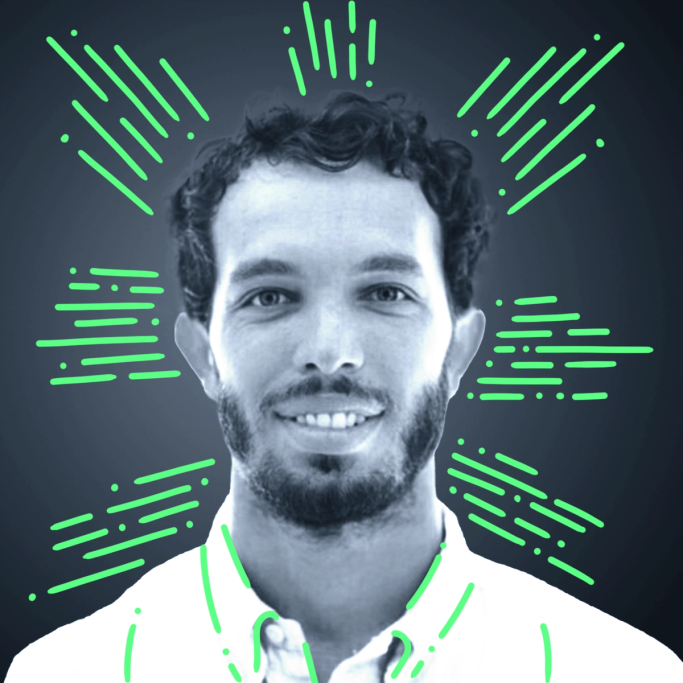
- Harmonizing human and AI talent (an ongoing collab). Various AI design tools were used for text, audio, video and image generation, while human instinct guided the selection and refinement of the final output. When it came to AI music generators, Suno and Udio were the team’s tools of choice. (More on these later.)
- Content creation. Suno and Udio were used to rapidly generate multiple versions of the album content, which was then curated by the team to capture the right tone and message.
- Execution. The final 11 tracks were produced to create highly relatable listening for the intended audience.
- Launch. Make it Pop Vol. 1 was released on Spotify, marking Superside’s official entry into the AI music realm.
The magic happens when people use AI tools to accelerate what would otherwise take ages—letting them focus on the parts that need real human emotion. AI won’t replace that spark, but it will allow us to reach it faster and more efficiently.

5 of the Best AI Music Generators
Let the AI music creation begin! These tools vary in their focus and offering, but each provides an easy way to integrate AI-generated music into creative projects (or just to make your pop star fantasies come true).
Suno and Udio (the tools we used for our AI album) are changing fast—so fast, in fact, that we missed a beat when Udio dropped new features like track-splitting into so-called Stems, which takes post-production to the next level. That’s how rapid the evolution is right now. On a basic level, yeah, they’re super accessible—you can dive in with minimal experience and get some interesting results. But when it comes to refining and truly crafting your sound, there’s still a learning curve.

1. Suno
(Source: Suno)
Key features:
- Quickly generates music, soundscapes and lyrics from text-based inputs
- Integrates easily with other creative workflows
- Creates unique compositions in several genres
- Supports multi-track audio compositions
- Allows customization and fine-tuning
- Allows users to upload existing audio samples to be enhanced with layers of sound or effects
Pricing options: Free, $10/month or $30/month
Great for: Creative professionals, especially game developers, multimedia artists and content creators looking for customizable and royalty-free music or sound.
2. Udio
(Source: Udio)
Key features:
- Auto-completions, tag suggestions and tips to help with prompts
- Customizable lyrics and instrumentals
- Manual adjustments and editing
- Easy track extension
- Track remixing
- Inpainting for small error corrections and edits
- Real-time feedback
Pricing options: Free, $10/month or $30/month
Great for: Content creators like YouTubers, podcasters and digital marketers seeking easy-to-use, royalty-free music to enhance their multimedia projects.
3. Soundful
(Source: Soundful)
Key features:
- Library of more than 50 templates across different genres
- High-quality pre-composed tracks
- Search function by mood, genre and duration
- Option to purchase exclusive rights to tracks
- User-friendly interface
- Licensing options for commercial use
Pricing options: Free, $5/month or $10/month plus business-tier options from $50/month
Great for: Content creators, digital marketers and small businesses looking for affordable, customizable and royalty-free music for videos, ads and other projects.
4. AIVA (Artificial Intelligence Virtual Artist)
(Source: AIVA)
Key features:
- Trained on a data set of more than 30,000 scores from classical composers
- Creates tracks in various genres, including classical, cinematic and orchestral
- Generates audio tracks as well as sheet music in standard notation
- Customization and editing options
- Option to license compositions
Pricing options: Free, $11/month or $33/month
Great for: Lovers of classical music and professional composers looking to enhance their creative output or needing fast music prototyping, especially for film scores, video games and other multimedia projects.
5. Boomy
(Source: Boomy)
Key features:
- Enables users to publish and monetize their music on major streaming platforms and earn royalties from their creations
- Easy-to-use interface
- Wide variety of genres and styles
- Customization capabilities
- Easy sharing options
Pricing options: Free, $10/month or $30/month
Great for: Aspiring musicians wanting to produce tracks quickly and potentially earn income through streaming platforms.
How To Make AI Music in 5 Steps
The process of making music with AI differs from tool to tool—and depends on your needs and desired outcome. If you’re just having fun or experimenting, creating a song using an AI generator can be as simple as signing up for a free account and entering a text prompt.
The process of making AI music is a bit like playing a slot machine—sometimes you hit the jackpot with an amazing track, and other times you’re left wondering what made it work. The tools are good, but they’re not always predictable. And that’s okay—because this moment is all about potential. What’s rough around the edges today is on the brink of becoming seamless tomorrow. The pace of change is breathtaking, and we’re riding that wave as it happens.

If you’re working on something more complex, you’ll need more advanced features (usually, this involves a paid subscription plan). You’ll also need to master using your chosen tool. As with all things AI, the results produced by AI music generators are only as good as the human input they receive.
That said, there are basic steps everyone should follow when it comes to AI music creation:
Step 1: Choose your AI music generator
We’ve given you five great options to get started with, but the tool you choose will depend on factors like your skill level, budget, project complexity and desired output. Try a few tools to find the one that suits you best.
You’ll need an account to use most AI music generators, but you can opt for a free plan if you don’t need advanced features.
Step 2: Select a genre or style
Once inside your preferred AI music generator, choose a genre (e.g., pop, classical, hip-hop, indie, country) and the style you want.
AI tools often provide presets for genres and moods (e.g., energetic, relaxing, dramatic), which help guide the tool to generate music that fits your vision.
Step 3: Customize and refine
Most AI music tools allow you to tweak the music they generate. You might want to adjust the tempo, key or instrumentation—for example, switch from piano to guitar—or rearrange different song sections. You can also fine-tune the intensity and mood and add melodies and vocals.
Consider adding finishing touches like reverb or echo effects to give your AI-generated song a polished sound.
Step 4: Generate and download
Once you’re happy with any customization tweaks you’ve made, let the tool generate the song’s final version. Most will allow you to listen to a preview, after which you can download the music file, typically in MP3, WAV or other formats.
If you want to edit your track further in digital audio workstations, like FL Studio or Ableton Live, you’ll need a tool to download your music as a MIDI (Musical Instrument Digital Interface) file.
Step 5: Share your creation
Once you’ve downloaded your music file, you can upload it to platforms like YouTube, SoundCloud or social media channels for the world to hear.
Some AI music tools have built-in integrations with social media or cloud services (e.g., Dropbox or Google Drive), allowing you to share your music file directly to these platforms.
The Challenges and Considerations of AI Music
As with all types of AI content creation, there are pros and cons of using AI to produce music.
The number one challenge, by far, was how unpredictable and, to a large extent, uncontrollable the output is. That made the whole experience unhealthily addictive. It’s a bit like playing a slot machine, where the output is random and you only hit a ‘reward’ (something you like) every now and then.

While AI has made music production accessible to pretty much anyone with a device and an internet connection, it also raises some concerns around:
- Copyright. Who owns the copyright to AI-generated music—the creator or the AI tool itself? Unfortunately, there’s no straightforward answer. No one wants to be sued for copyright infringement because they used AI music in their latest campaign, even in good faith. If you’re using AI songs for marketing, partner with experts knowledgeable in AI copyright law to ensure you use AI responsibly.
- Originality. AI tools rely on pre-existing data sets to create new music, producing results that feel like imitations or lack the unique, personal touch that human artists bring to their work. It’s best to blend human and machine intelligence to create music that moves.
- AI limitations. While AI can generate structured and polished music, it may struggle with creativity and emotional depth, sometimes producing music that feels formulaic or lacking nuance. Music created with AI usually needs more work, so build this into your production timeline.
Then, a secondary challenge is being able to ‘edit’ whatever output comes back from the AI. But I believe that’s changing, and some AIs are already allowing you to download stems instead of a finished/mixed WAV file, which gives you a lot more flexibility.

Push Your Creative Boundaries With Superside
Now that you have the knowledge you need to get started with AI music, a whole new world of creative opportunities awaits—whether you’re a beginner muso looking to have some fun or a business looking to create original songs for campaigns.
If you’re ready to harness the power of AI to skyrocket results for your business or brand, it’s time to partner with a world-leading expert in AI services. Having completed 500+ AI projects that have saved customers more than 17,770 design hours and $1,400,000 design dollars, Superside knows how to leverage AI to revolutionize efficiency.
Book a call to discover how working with Superside can unlock the potential of AI for you, too.
Meet Roger, a content marketer driven by his love for online search, digital marketing, and performance marketing. When he's not immersed in the latest updates on Google, AI and social media, you'll find him passionately crafting strategies to simplify online searches for people, sparing them the frustration of navigating through endless pages. As a marketer, Roger Match has turned into the perfect match for Superside, helping us showcase our purpose, objectives and essence to the world.
You may also like these
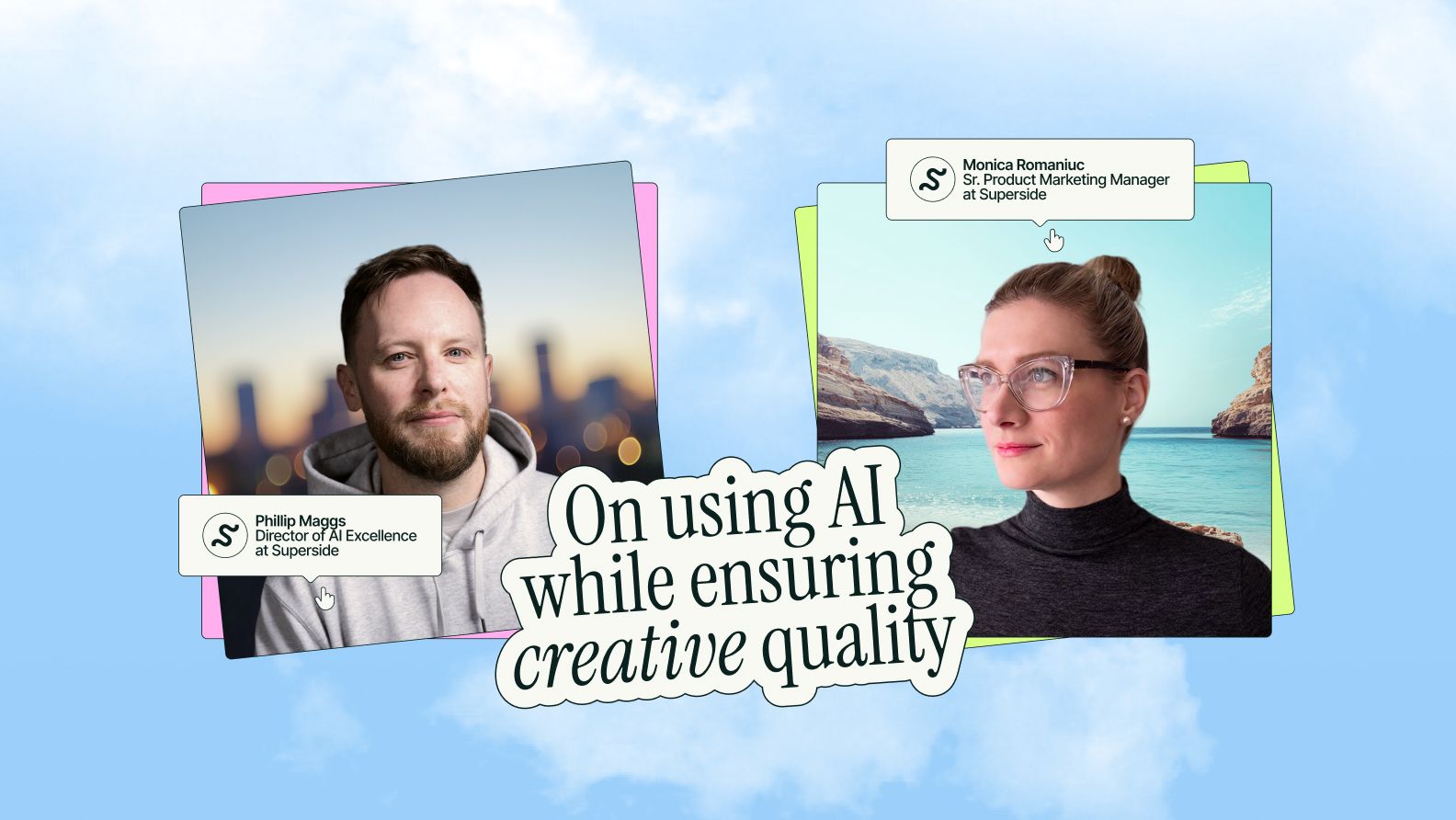
AI meets expertise: Inside Superside’s formula for quality creative
Will it look too “AI-y?” Will it sound too “AI-y?”When it comes to AI, many creatives and marketers share a common concern: Will it compromise the quality of their work?In our latest guide, Inside Great Creative Partnerships, Superside’s Phillip Maggs, Director of AI Excellence, and Monica Romaniuc, Senior Product Marketing Manager, confirmed this fear is unfounded—provided you’re doing it right. From quick tips to caveats, they shared:Where AI can provide value across creative and marketing workflowsWhy legacy stacks are a caveat (but not a lost cause)
Ideating with AI: Inside a creative vs. marketing workflow
When generative AI gives you an eagle with two skateboards, lean in. When it gives you 10 angles for a campaign, choose wisely.In the ideation phase of her design workflow, Jessie Hughes, Senior Creative Technologist at Leonardo.Ai, embraces AI—accidents and all—to fuel greater creativity. By contrast, Cristian Ginori, Marketing Strategy Manager at Superside, takes a structured approach to brainstorming with AI, using systems to guide creativity toward strategic outcomes.Superside’s latest guide, Inside Great Creative Partnerships, digs into both approaches—and how AI helps creatives and marketers meet in the middle. Get a sneak peek of these insights, including:Why turning up the volume breeds better resultsHow to riff, refine and systematize with AI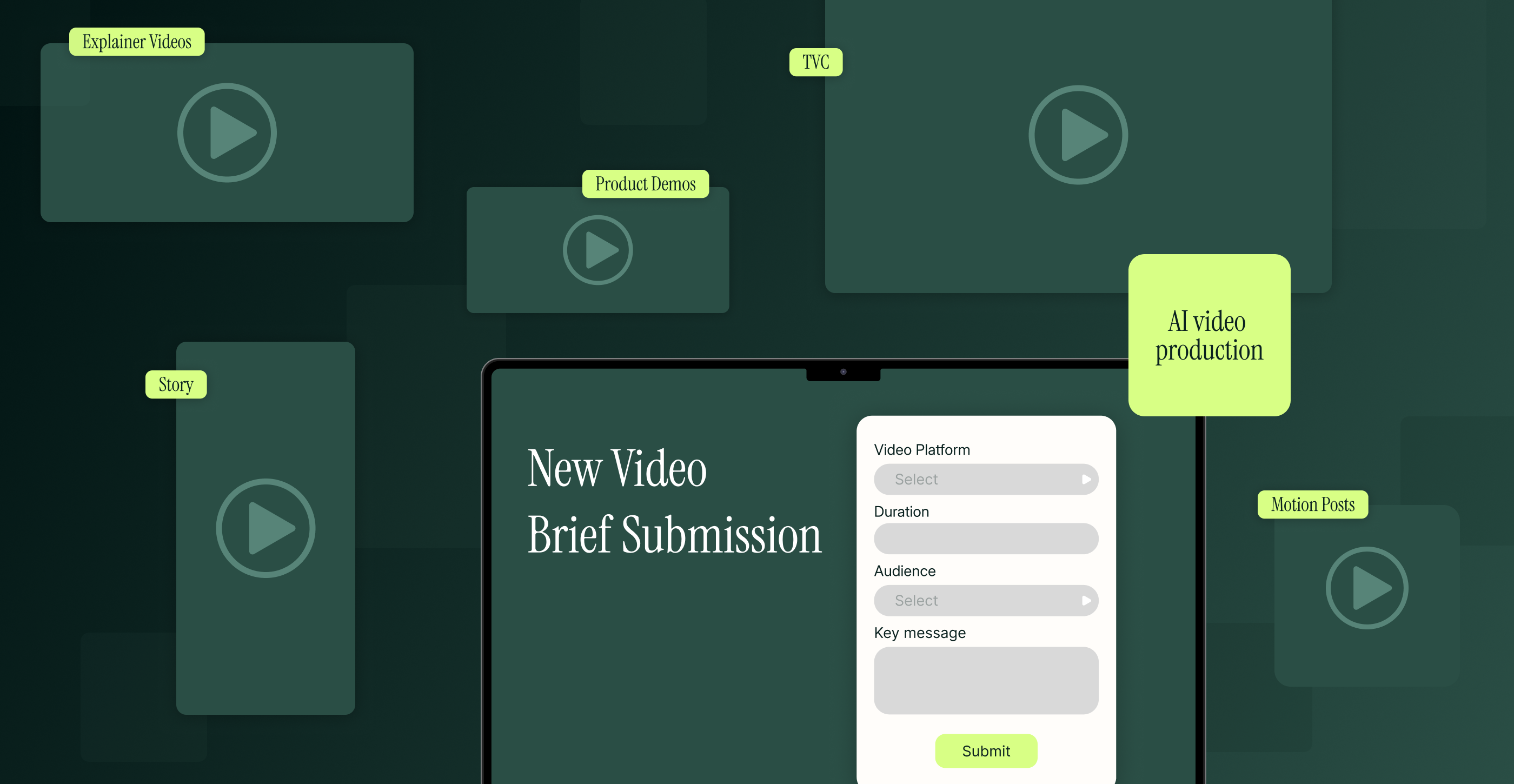
7 best AI video studios for large-scale creative
When AI tools like ChatGPT and Midjourney first launched in 2022, they were little more than a novelty. But within a few months, AI usage surged across fields such as programming and marketing, with enterprise brands leading the charge.Video production has seen some of the most exciting developments in generative AI. Not so long ago, it was almost impossible to produce realistic-looking AI videos. Today, with the right creative direction and strong human oversight, it’s a fully viable production method.The fact is, AI tools can generate good videos, but that alone won’t meet the high creative standards today’s top enterprise brands have already set. If your brand operates at this level, you need a video studio partner that deeply understands brand, scale, messaging and AI-driven precision.This guide reveals what AI video studios bring to the table and why they beat DIY tools for those who want to deliver top-quality creative at scale, with insights from Francesca Bocaranda, Video Producer at Superside. Stay tuned for a curated list of the best AI video agencies that’ll transform your video production capabilities.What AI video studios agencies actually do